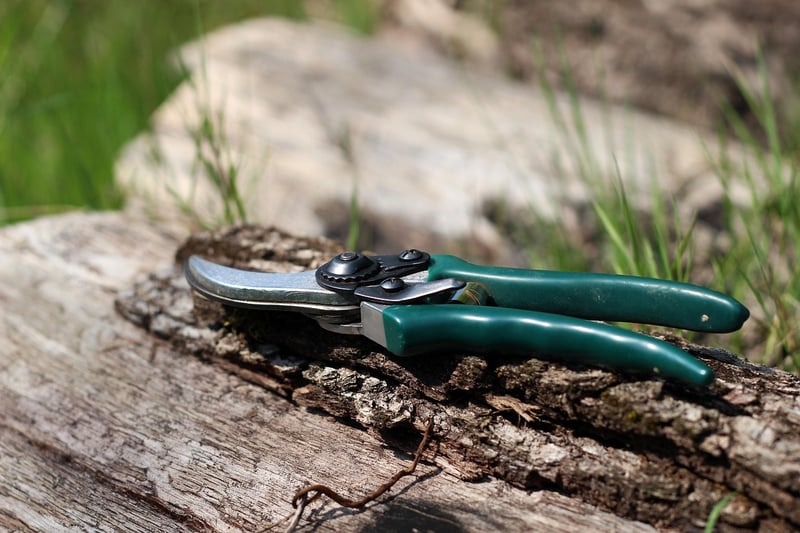Pruning Techniques
Maintaining Healthy Plants: Essential Pruning Techniques
Proper pruning is a crucial aspect of plant care that not only enhances the appearance of your plants but also promotes their overall health and growth. By employing the right pruning techniques, you can ensure that your plants thrive and remain vibrant throughout the year.
Why Pruning is Important?
Pruning serves several essential functions in plant maintenance:
- Promotes plant growth by removing dead or overgrown branches.
- Enhances air circulation and sunlight exposure, crucial for photosynthesis.
- Prevents disease by eliminating infected or damaged parts of the plant.
- Shapes the plant for aesthetic appeal, maintaining its overall appearance.
Essential Pruning Techniques
1. Tools Needed:
Before you begin pruning, ensure you have the right tools for the job. These may include pruning shears, loppers for thicker branches, and a pruning saw for larger limbs.
2. Timing:
It is crucial to prune plants at the correct time to avoid interfering with their natural growth cycles. Generally, pruning during the dormant season is ideal for most plants.
3. Types of Cuts:
Make clean cuts at a 45-degree angle just above a bud or lateral branch. Avoid leaving stubs as they can invite disease and pests.
4. Removal of Dead/Diseased Branches:
Regularly inspect your plants and remove any dead or diseased branches to prevent the spread of infections.
5. Thinning:
Thin out crowded branches to improve air circulation and sunlight penetration within the plant canopy.
Conclusion
By incorporating these essential pruning techniques into your plant care routine, you can ensure the health and vitality of your plants, leading to a more beautiful and flourishing garden.

Remember, proper pruning not only benefits the plants but also provides you with an opportunity to connect with your garden and contribute to its overall well-being.
